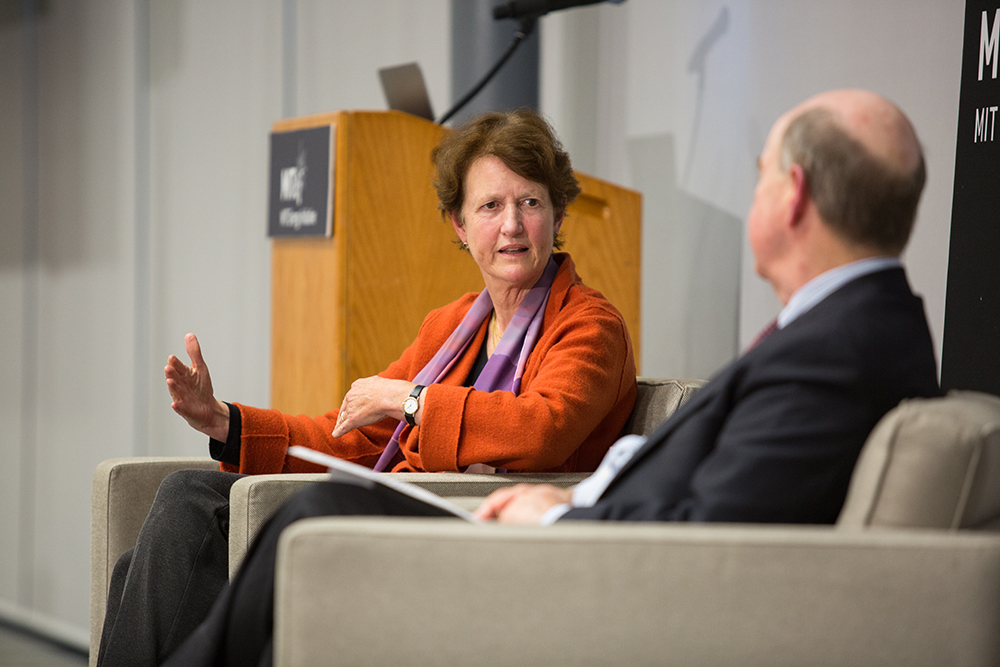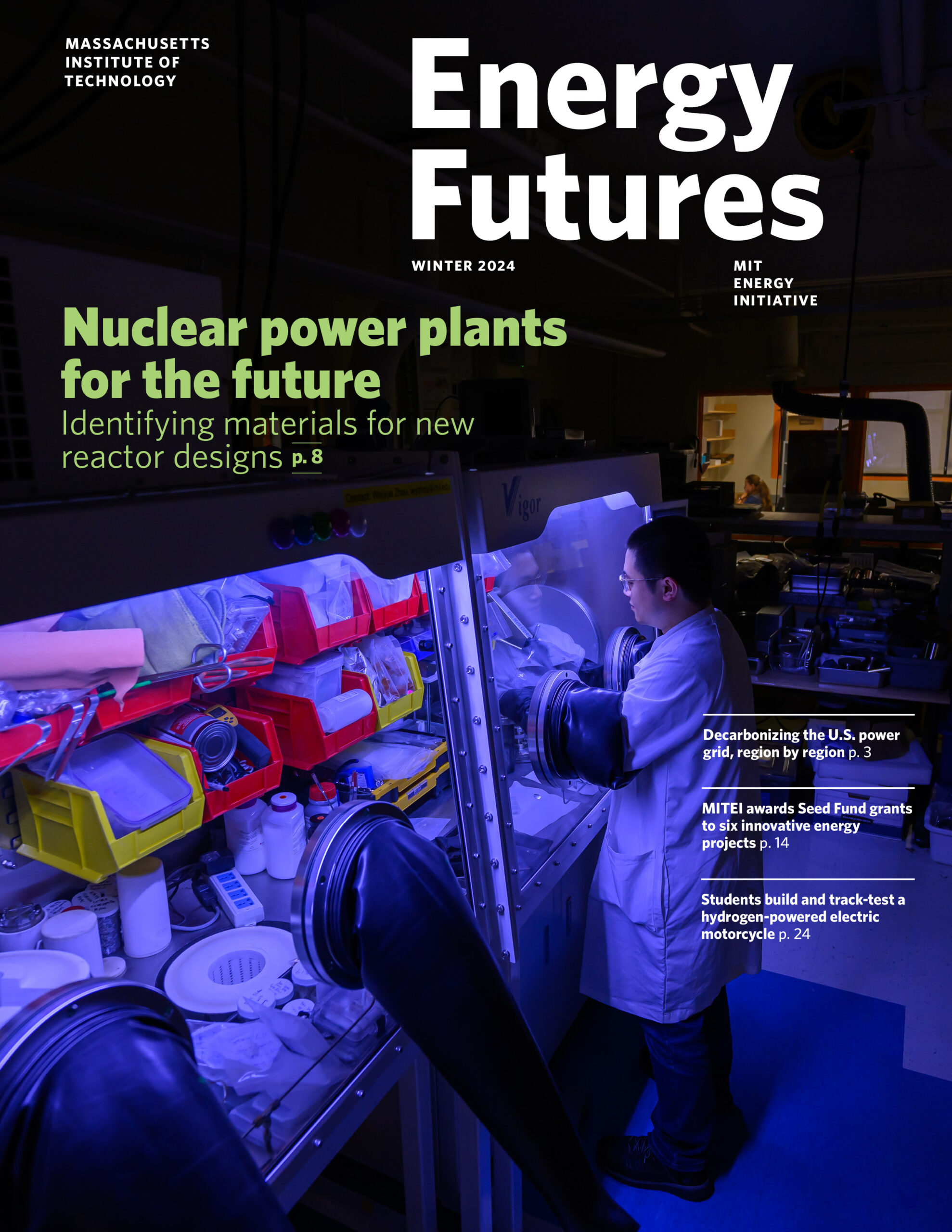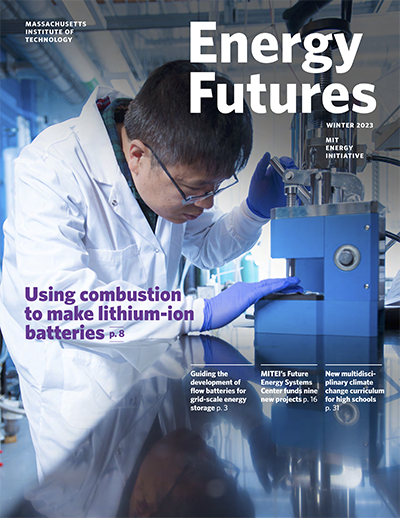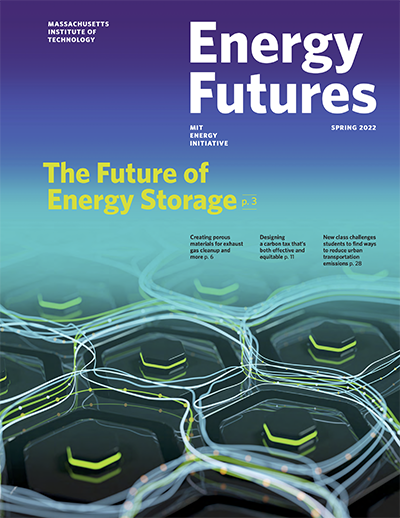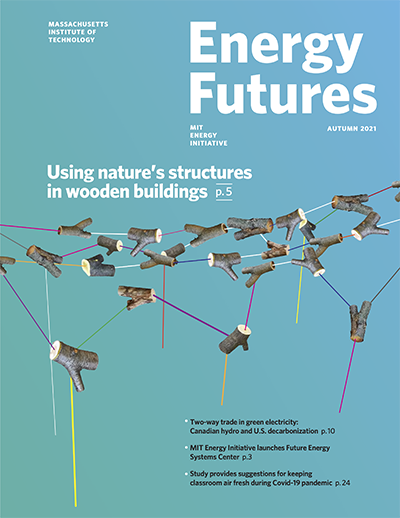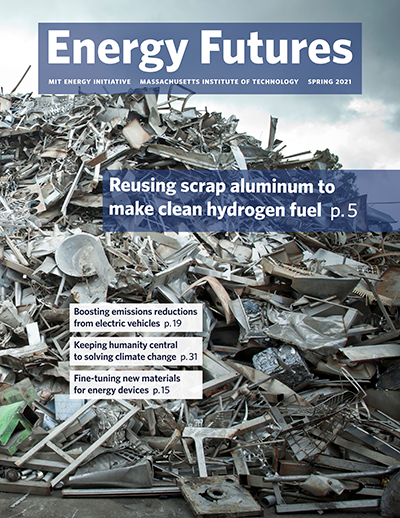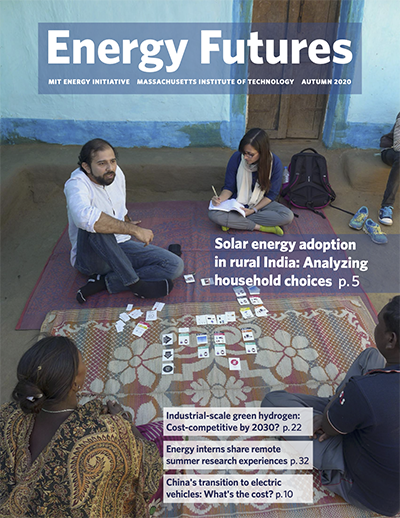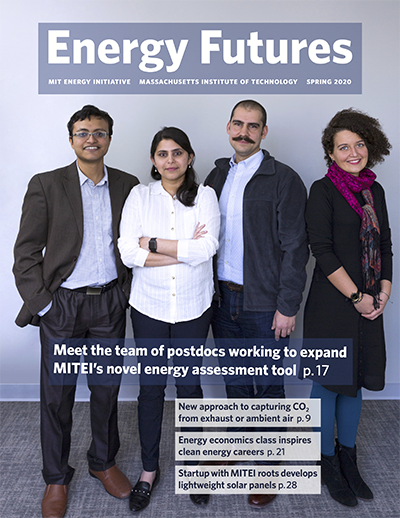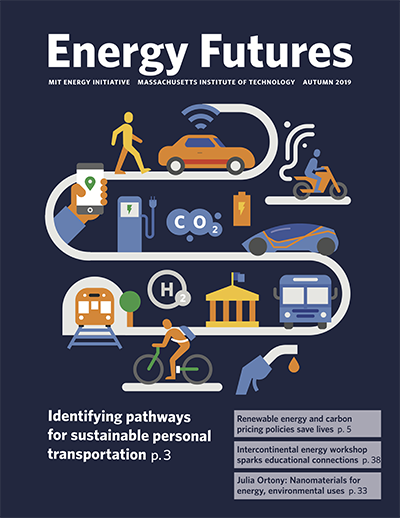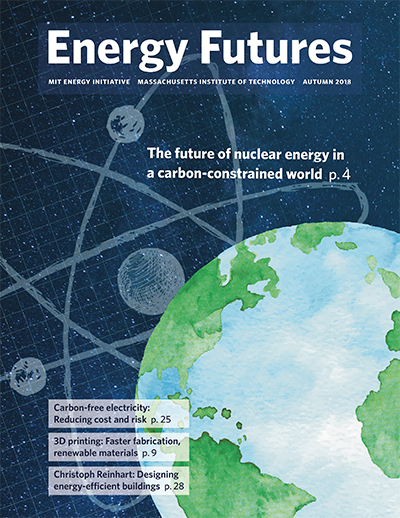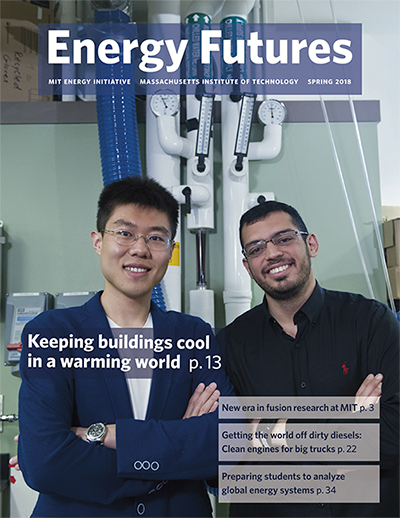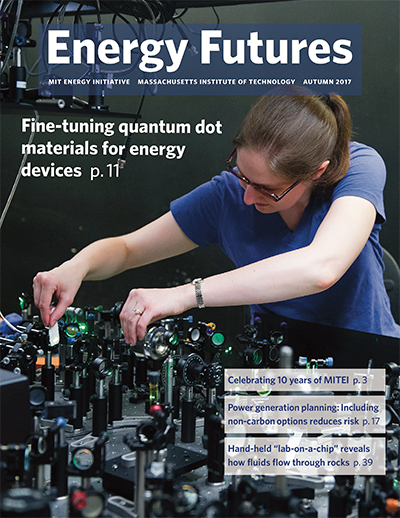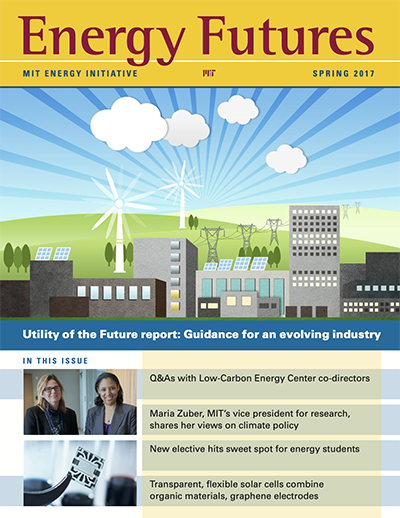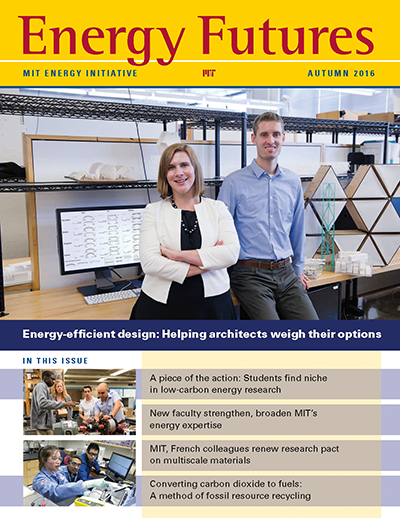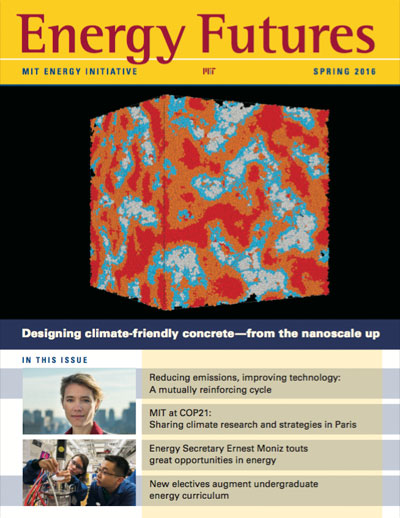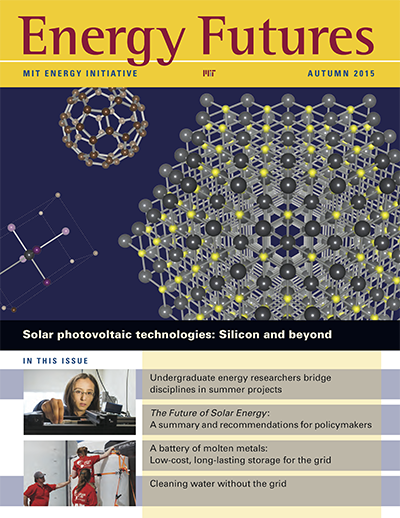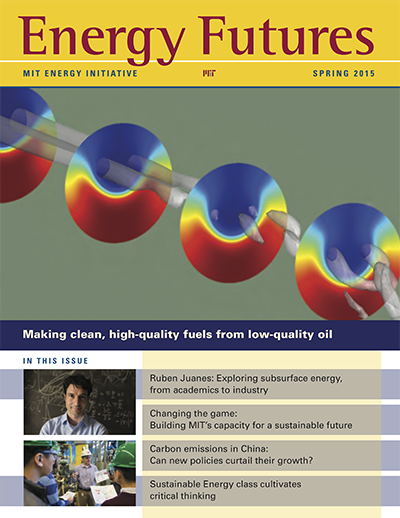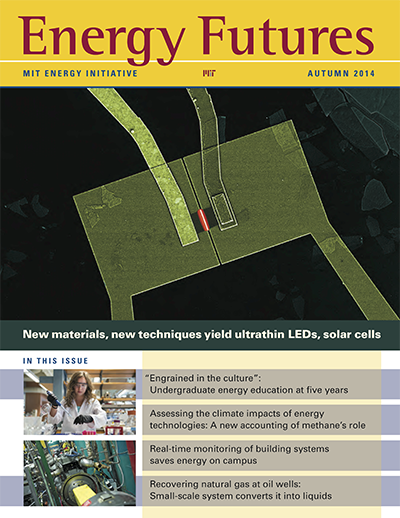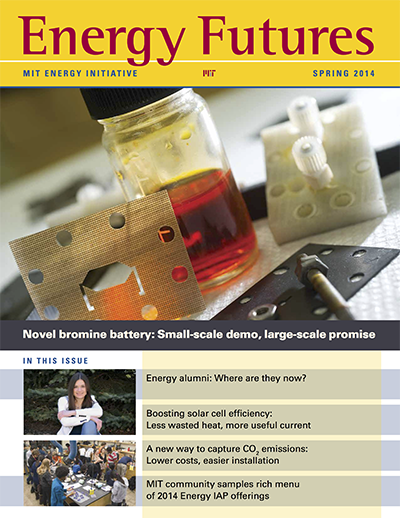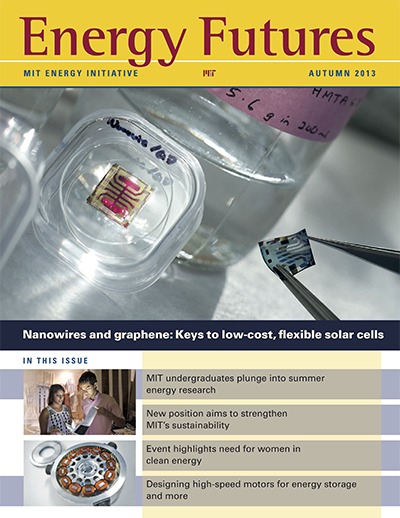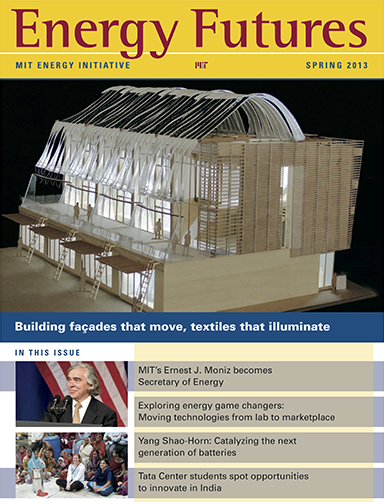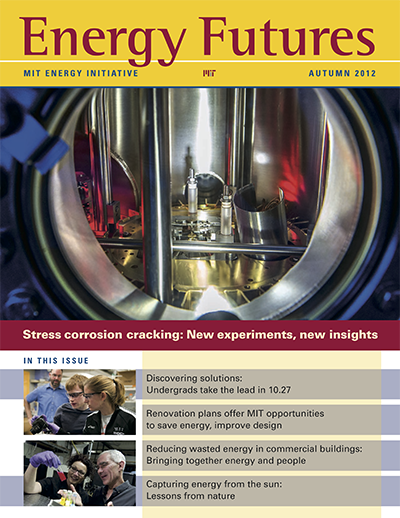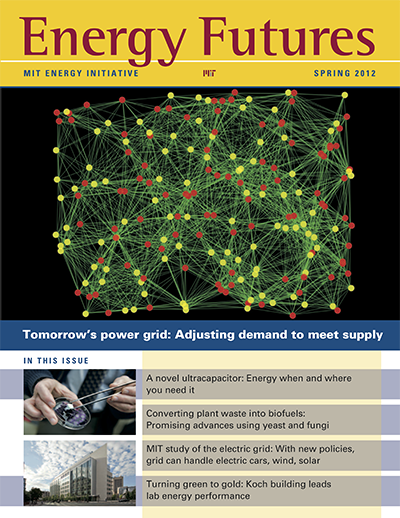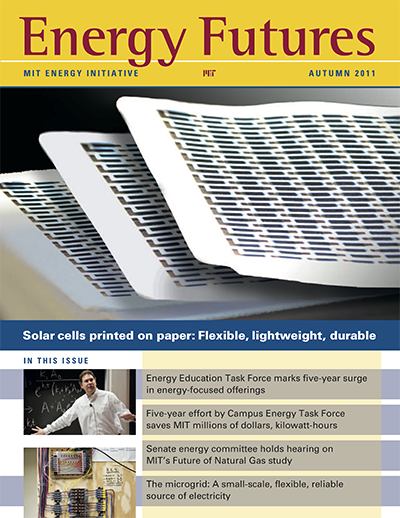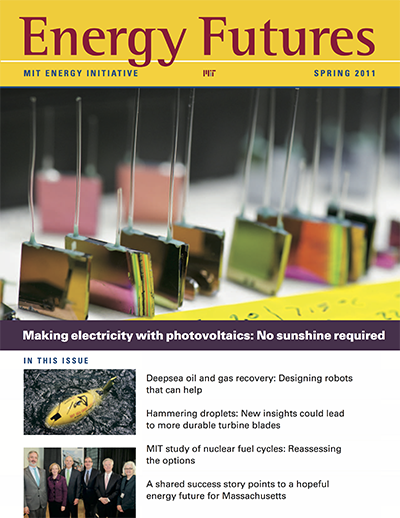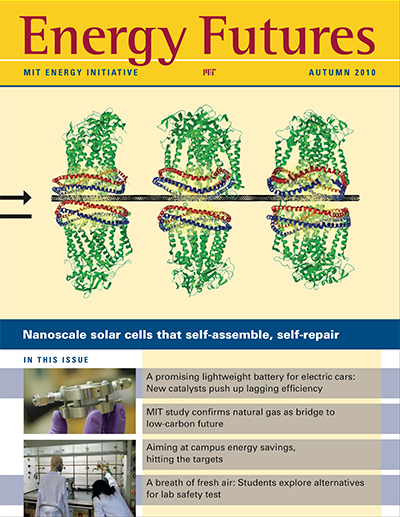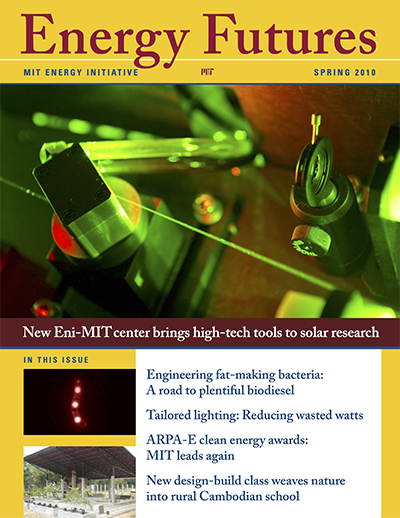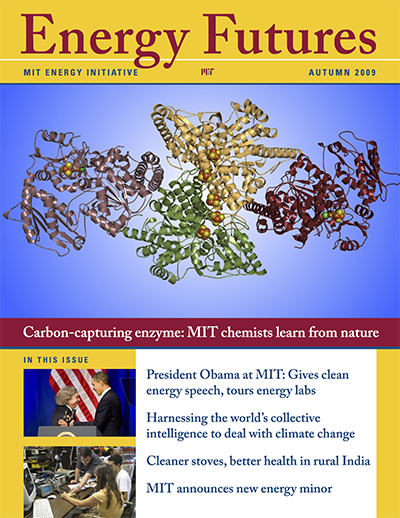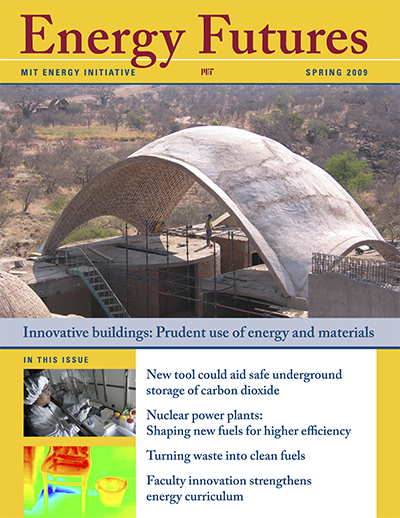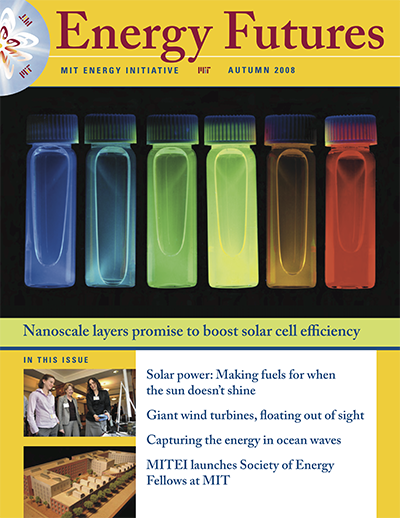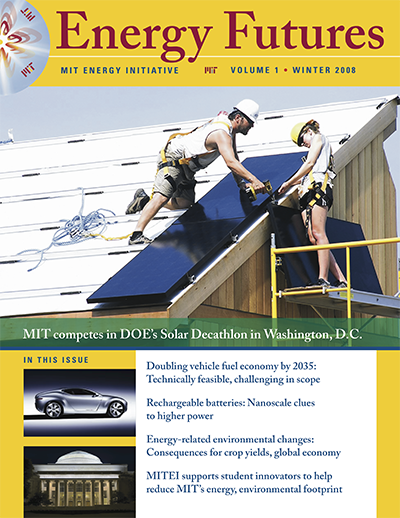Letter from the director
Dear friends,
With the launch of the Quest for Intelligence and the Schwarzman College of Computing, MIT is making an Institute-wide response to the increasing importance of artificial intelligence and computing in the future of education, research, and industry. At the MIT Energy Initiative (MITEI), we are already exploring how these technologies can be used to reshape the energy sector and accelerate the low-carbon energy transition.
The potential energy applications for artificial intelligence are wide-ranging—from the ability to accelerate the discovery of new materials to the development of better battery management systems to the implementation of new demand-side opportunities to improve power system operations. In this issue of Energy Futures, you will read about how machine learning can dramatically reduce the time required to evaluate new transition metal compounds for their potential as novel sensors or switches or as improved catalysts for industrially important processes.
Artificial intelligence also figures into our Mobility of the Future study, which examines autonomous vehicles and their potential future impacts on urban mobility and the global personal transportation system. The study, anticipated for publication in fall 2019, explores many different areas of mobility—an important and dynamic component of the energy sector. To build on this foundation, MITEI is developing a new Low-Carbon Energy Center, the Mobility Systems Center, to help guide sustainable and efficient global mobility growth by developing, maintaining, and applying state-of-the-art tools for mobility research. Center researchers and industry members have identified topics of interest, including mobility evolution in high-growth countries, freight ground transportation, clean fuels and propulsion systems, and potential disruptors of mobility systems.
In this issue, you will also read about a new methodology that can help protect power plants and other critical energy infrastructure from cyberattack. Other advances covered in this issue focus on simultaneously capturing CO2 in power plant exhaust and preparing it for safe disposal, turning waste brine from desalination plants into useful chemicals, and observing hydrogen’s effects on metals to help in the design of safer hydrogen storage tanks. On the policy front, investigators have demonstrated new analytical tools that countries can use to develop practical emissions-reduction strategies to meet their Paris Agreement commitments.
To help train the global network of professionals needed to realize a low-carbon energy future, the MITEI education team has been busy launching a new series of online energy courses based on interdisciplinary MIT graduate classes currently taught on campus. The first four courses will focus on electric power systems design and management.
One highlight of on-campus student activities was a design-thinking workshop that MITEI co-hosted during MIT’s Independent Activities Period in January to creatively explore pathways toward a net-zero carbon future for the Massachusetts island community of Martha’s Vineyard. We hope the work on Martha’s Vineyard can inspire action and serve as a model for other communities working toward carbon neutrality.
With the diverse nature of our global energy system landscape, there are still many technology, business, and policy innovations yet to explore—and I am excited that we continue to expand research frontiers here at MIT. I invite you to be in touch with any thoughts or feedback and hope you enjoy this issue of Energy Futures.
Warm regards,

Professor Robert C. Armstrong
MITEI Director













